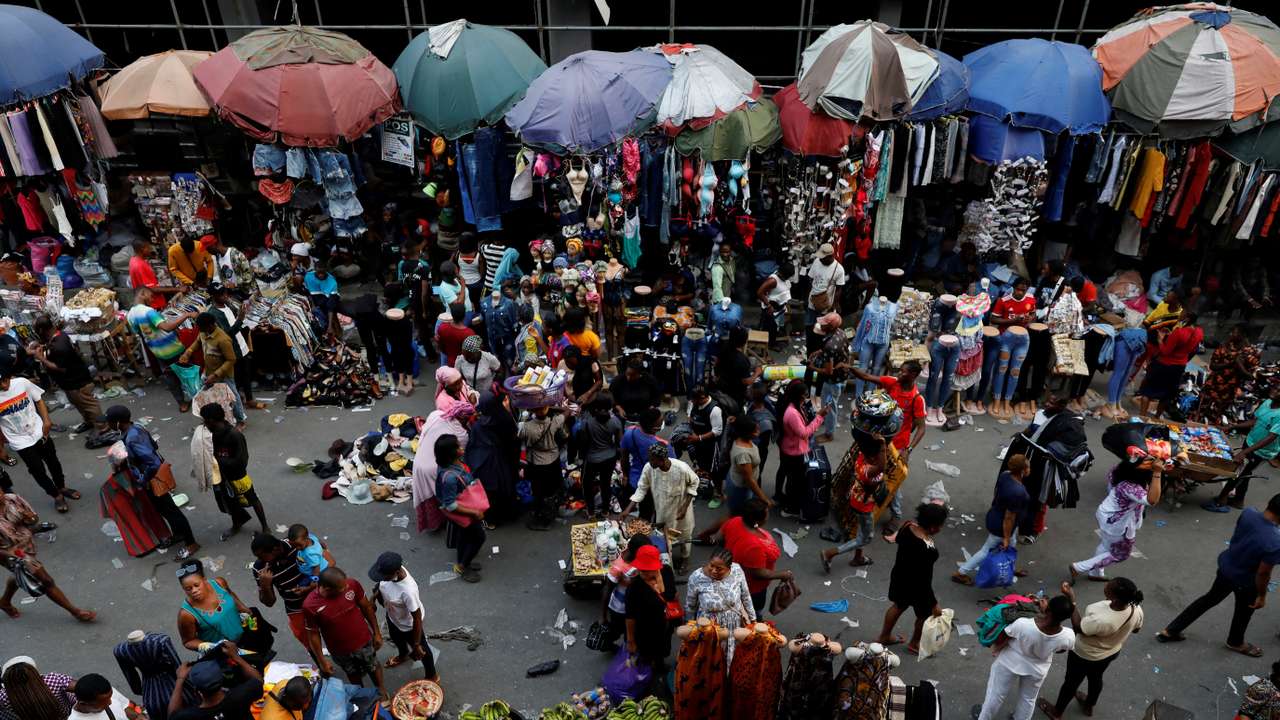Sub-Saharan Africa’s increasing population worsens job creation conundrum

Sub-Saharan Africa (SSA) has witnessed growth over the past two decades, but its economic expansion has failed to translate into substantial job creation.
Despite a growth spell from 2000 to 2014, with an annual output per capita increase of 2.8%, the region's overall growth remained modest at 1.4% annually from 1991 to 2019.
This growth only resulted in a marginal rise in the share of working-age individuals with wage jobs, increasing from 14% to 16%, according to the World Bank 2023 report.
Insufficient impact on poverty
The growth in the region has failed to significantly reduce extreme poverty or promote shared prosperity. SSA exhibits a lower responsiveness of poverty to growth spells compared to other regions.
The poverty headcount ratio at $2.15 per day declined slightly to 37.2% in 2023 from a COVID-19 peak of 37.6% in 2020. However, the number of people in poverty increased to 462 million, the World Bank reported.
Job creation lagging behind
Despite the need for the labour market in SSA to generate an estimated 18 million new jobs annually, only 9 million new jobs were created between 2000 and 2021, the IMF reported in 2023.
Population growth outpacing job creation
The IMF projects SSA's population to double from 1 billion to 2 billion by 2050, significantly intensifying the demand for jobs.
However, the current rate of job creation is insufficient, leading to higher unemployment rates. As of 2021, the average male and female unemployment rates in SSA were around 6.7% and 6.5%, respectively, slightly exceeding the global average of 6.36%, Statista reports.
Imbalance fuels poverty
The imbalance between job creation and population growth contributes to high unemployment rates and poverty levels in the region.
The number of people in extreme poverty in Africa increased from 370 million in 2014 to 391 million in 2019, with projections indicating a further rise due to the economic impacts of COVID-19. Almost 60% of the world's extremely poor reside in Africa, and 40% of Africa's poor are concentrated in four SSA countries: The Democratic Republic of Congo, Madagascar, Nigeria, and Tanzania, the World Bank reports.